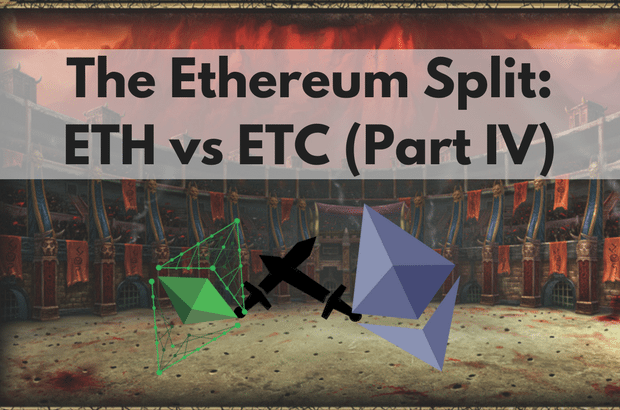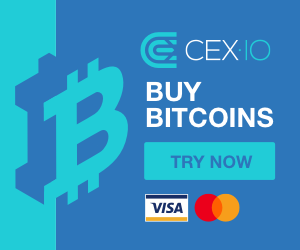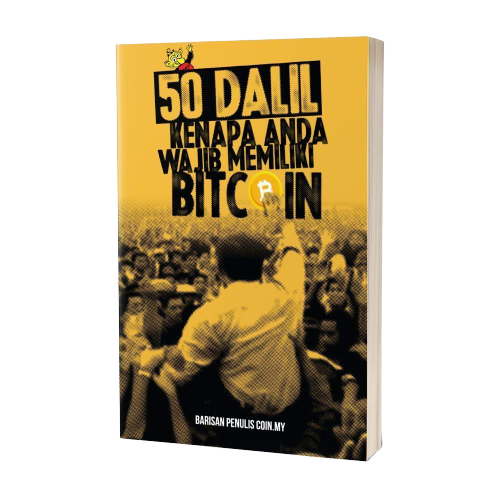The Ethereum Split: ETH vs ETC (Part IV)

We are nearing the end of the Ethereum split series. It’s been a journey and we hope you’ve enjoyed the series. In this post, we will be talking in detail about Ethereum (ETH) and Ethereum Classic (ETC).
Before that, just a bit more on the hard fork. It was formed mainly to refund all the money taken from everyone by the DAO. A refund smart contract which have the sole function to withdraw was set up to achieve this. For every 100 DAO, the DAO token holders will receive 1 ETH.
If the majority accepted the proposal, everyone will be on the new Ethereum chain and the old one would be disposed. However, the proposal caused a huge split among the community due to disagreement towards the DAO bail-out. The “Anti-Hard Fork” group refused the hard fork and launched a spin-off project: the Ethereum Classic (ETC).
Ethereum Classic (ETC) vs Ethereum (ETH)
For all intents and purposes, both Ethereum Classic (ETC) and Ethereum (ETH) are similar. They are decentralized platforms that run smart contracts. The notable difference is, of course, how they fare in the market. ETC started trading at USD$2.25 on July 26, its value a quarter of ETH. At the time of writing, ETC is trading at USD$14.45 and its market capital is $USD1.3 billion. It is currently the 7th biggest cryptocurrency in the market.
On the other hand, Ether only suffered a small drop in their price during the DAO attack and quickly gained momentum as the network went through upgrades. Ether is now selling at USD$216.75, a far cry from its price last year, which was in the range of USD$10-13. On top of that, Ether is the second biggest cryptocurrency in the market, at just above USD$20 bilion.
At the time of the hard fork, many predicted that the original non-forked chain (now ETC) would disappear within hours. Surprising, there were a group of miners who continued mining blocks and trading of the original chain tokens. According to its website, the Ethereum Classic (ETC) was formed “to keep the original censorship-resistant Ethereum going”. It also proclaims to “provide an alternative for people who strongly disagree with DAO bailout.”
It was difficult for the group at the start. They were a small number to begin with, and they were mining at the same difficulty level as ETH with only a fraction of its hashing power. But they got through in the end, as more blocks came in and the faster the difficulty went down.
The Ethereum network is growing at an exponential pace and with the backing of EEA (Enterprise Ethereum Alliance whose members include Microsoft, JP Morgan, Toyota and ING), it is set to become the biggest smart contract platform in the world. And the coming major shift from proof-of-work to proof-of-stake could be a game changer in the world of mining.
On the other end, ETC is also growing slowly but steadily. The community is a tight-knit one: their stand on immutability of blockchain makes them a bit more trustworthy. And while the supply of ETH is infinite, ETC policy is like Bitcoin – deflation with a hard cap. There is “tithing” a 20 percent reward reduction about every 2 years, so the supply will level off at some 200 million ETC around the year 2070 — with a hard cap of around 210 million ETC. The first tithing should occur at the 5 millionth block, scheduled to be mined a little less than a year from now.
Despite the split, both cryptocurrencies are worthy of scrutiny in the future. While ETH’s next phase in their roadmap might give them a lead, ETC will no doubt catch up in the race towards becoming the best cryptocurrency.





